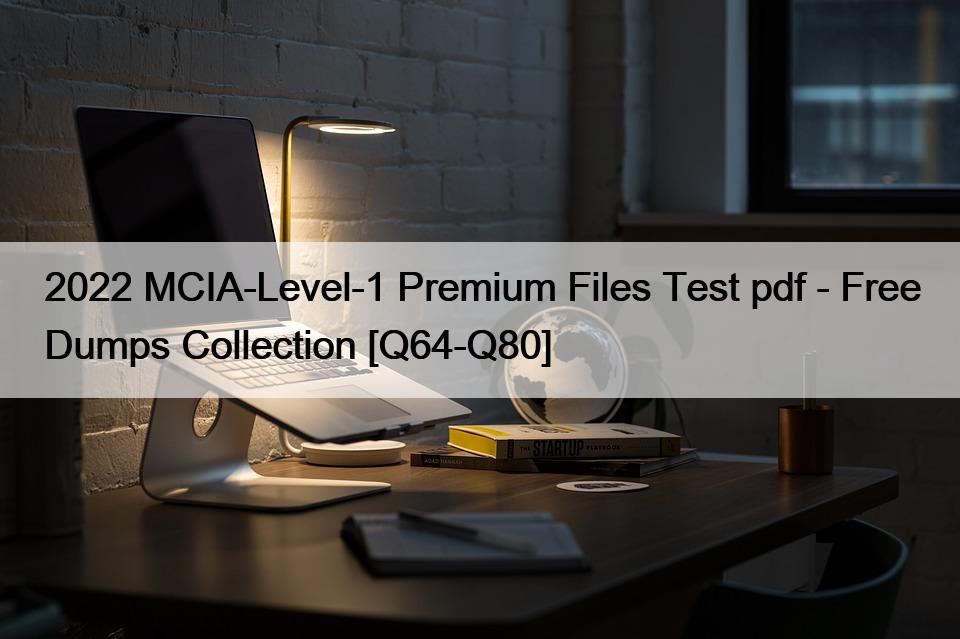|
Actual Test Materials https://blog.actualtests4sure.com/2022/09/2022-mcia-level-1-premium-files-test-pdf-free-dumps-collection-q64-q80/ Export date: Tue Feb 18 22:10:28 2025 / +0000 GMT |
2022 MCIA-Level-1 Premium Files Test pdf - Free Dumps Collection [Q64-Q80] 2022 MCIA-Level-1 Premium Files Test pdf - Free Dumps Collection Get ready to pass the MCIA-Level-1 Exam right now using our MuleSoft Certified Architect Exam Package MuleSoft mcia - Level 1: MuleSoft Certified Integration Architect - Level 1 Exam Certified Professional salaryThe average salary of a MuleSoft mcia - Level 1: MuleSoft Certified Integration Architect - Level 1 Exam Certified Expert in:
What is the duration, language, and format of MuleSoft mcia - Level 1: MuleSoft Certified Integration Architect - Level 1 Exam
Master 2022 Latest The Questions MuleSoft Certified Architect and Pass MCIA-Level-1 Real Exam!: https://www.actualtests4sure.com/MCIA-Level-1-test-questions.html 1 |
Links:
|
|
Post date: 2022-09-17 11:35:32 Post date GMT: 2022-09-17 11:35:32 Post modified date: 2022-09-17 11:35:32 Post modified date GMT: 2022-09-17 11:35:32 |
|
Export date: Tue Feb 18 22:10:28 2025 / +0000 GMT This page was exported from Actual Test Materials [ http://blog.actualtests4sure.com ] |